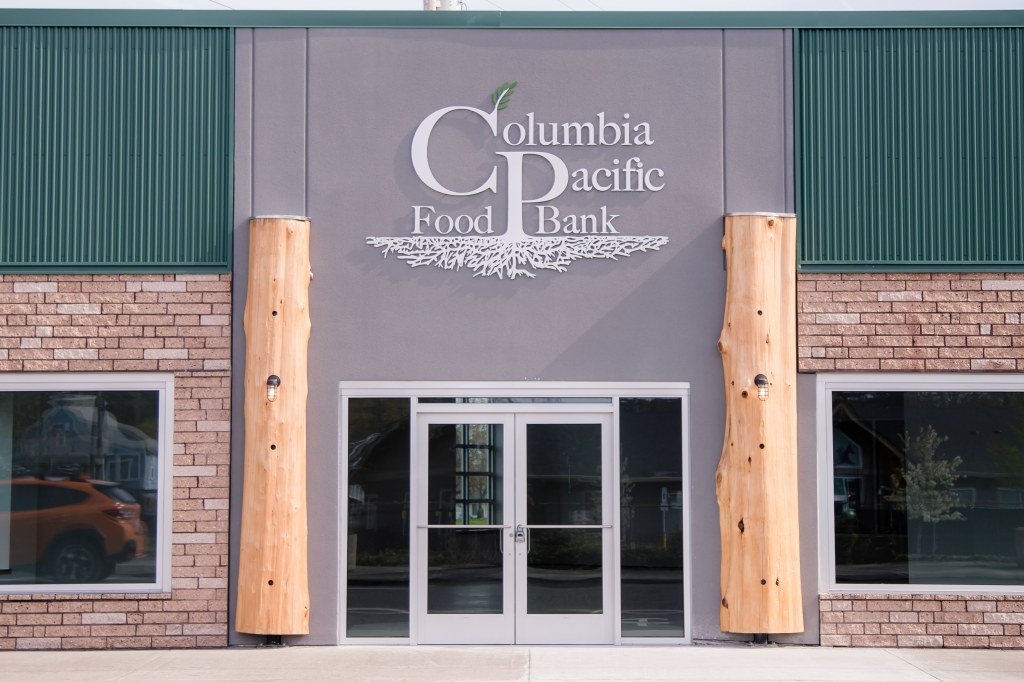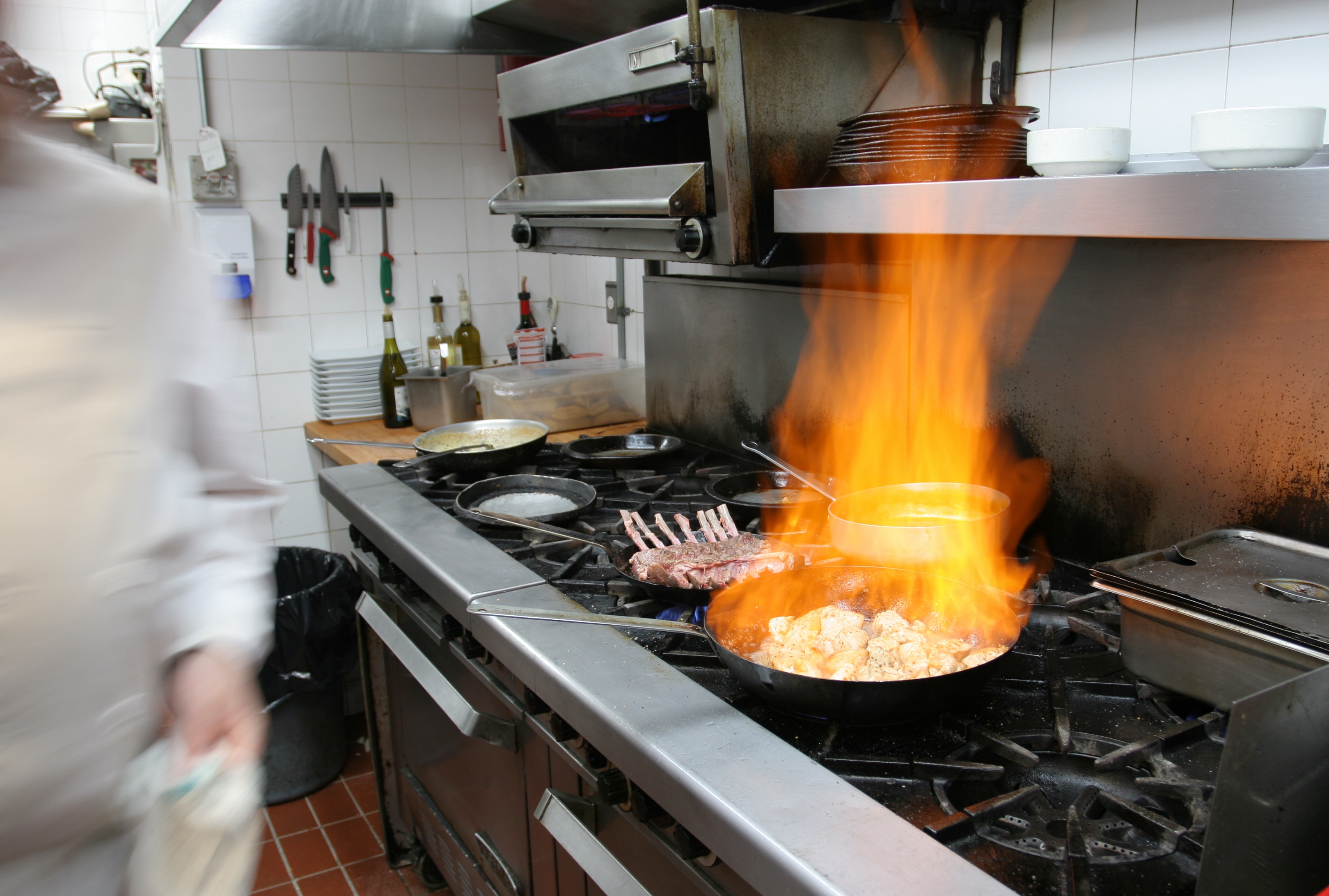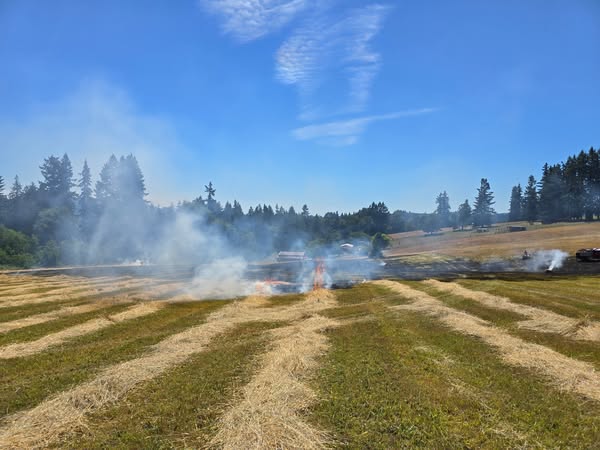‘Challenging’ times hit Columbia Pacific Food Bank amid Trump aid cuts
Published 5:00 am Thursday, July 17, 2025

- Columbia Pacific Food Bank welcomes visitors at 1421 Columbia Blvd. in St. Helens. (Courtesy Photo: Columbia Pacific Food Bank)
Months after the Trump administration cut federal support to local food banks, the Columbia Pacific Food Bank is navigating a “challenging” outlook.
In March, the U.S. Department of Agriculture announced it would cancel $500 million in shipments to food banks across the country, cutting off a critical supply chain for food banks and schools nationwide.
The cuts are being felt locally at the Columba Pacific Food Bank, which distributes food to food pantries, meal programs and produce distribution points throughout Columbia County and operates a food pantry in St. Helens.
Trending
According to executive director Casey Wheeler, the cuts amounted to a loss of about 41 tons of food the pantry could distribute at a time when one in six people in Columbia County face food insecurity. As a result, people who come to the food pantry are getting smaller monthly boxes of food without essentials like milk, cheese and meat.
“We’re scrounging the best we can,” Wheeler said.
Planning for an emergency
To help fill the gap, the food bank plans to pull $100,000 each year for the next four years from its emergency reserve funds, which were being saved in case of a natural disaster. This will completely deplete the reserve funds, Wheeler said, but the situation is dire enough that it made more sense to spend the money than to save it.
“We felt this was a more urgent, more pressing need,” Wheeler said.
The food bank has also been able to get an annual $60,000 grant from the Roundhouse Foundation for the next three years, bringing the total to $160,000 of additional funding for the next three years, and $100,000 for the fourth year.
“But that’s roughly about a third of the value of the food that we lost,” Wheeler said. “So we’re not going to be able to replace that, but at least we’ll be able to make it a little less painful than if we did nothing.”
Trending
People who come to the food pantry typically get one box of food a month. Before the cuts, the food bank was able to include perishable items like milk, cheese and meat. Now, those items are out of reach.
“With $160,000, I can get five (semitruck) loads a year of what we refer to as shelf-stable food — food that doesn’t have a short-term expiration date,” Wheeler said. “If I went for the milk, eggs, cheese and meat, I’d be able to get about one-and-a-half (semitruck) loads, so it would go nowhere near as far as going with the shelf-stable route.”
The plan is for people who use the food bank to use their SNAP benefits and other funds to get those items, and the food bank will help fill in the gaps with shelf-stable items. But when those benefits get cut and the food bank runs out of the additional funds it was able to secure, things will be difficult.
“Looking forward, we’re seeing this as being at least for four years, possibly longer at the end of the four years,” Wheeler said. “Then, in this county, unless something changes, there’ll be a noticeable dropoff in the boxes that folks receive.”
Changes ahead
Despite cuts to federal aid programs like Medicaid and SNAP benefits wrapped up in the Trump administration’s recently passed budget, Wheeler said he doesn’t expect to see a significant increase in the number of people the food bank serves.
“Because the people that are going to be getting the cuts, they’re already coming,” he said.
The food bank serves a wide range of people, from seniors on fixed incomes to families who can’t afford food after paying for rent, gas and other necessities, Wheeler said. As those cuts to benefits go into effect, those people will be even more in need, he said.
“They’ll have less money for food, so there will be a greater need for food,” he said. “So that’s why our focus is on the food supply, because that’s where the real problem is and is going to continue to be.”
The challenge at this point is to fill in the gap left by the cancellation of USDA food shipments, and Wheeler said he wouldn’t be surprised if Oregon loses even more aid than it already has. The Trump administration has been withholding federal funding to states that don’t align with the administration’s priorities. Recently, the Columbia County Sheriff’s Office was forced to reduce its marine patrol program due to the withholding of a key grant on account of Oregon’s status as a sanctuary state.
“So I’m anticipating that, because of that, there’s a good chance Oregon will see some additional reductions in USDA food at some point here down the road,” Wheeler said.
How can I help?
The Columbia Pacific Food Bank accepts both cash and food donations from community members looking to lend a hand.
Donations of food help the food bank make emergency food boxes and stock food pantry shelves. The food bank accepts any packaged, shelf-stable food items. Some of the most wanted foods include canned meats, soups, fruits and vegetables and peanut and almond butter.
Because many of those who utilize the pantry don’t have fully stocked kitchens, items with pull tabs and packaging that can be easily opened are encouraged.
“If they want to donate food, that’s great. We’ll take it,” Wheeler said.
However, monetary donations go a lot further. The food bank is able to use its network to get more food for less by shopping at warehouses that aren’t accessible to the general public. For the same amount of money someone would spend on a can of soup, Wheeler can purchase three for the food bank, he said.
Visit cpfoodbank.org/get-involved to learn more about donating to the food bank.







